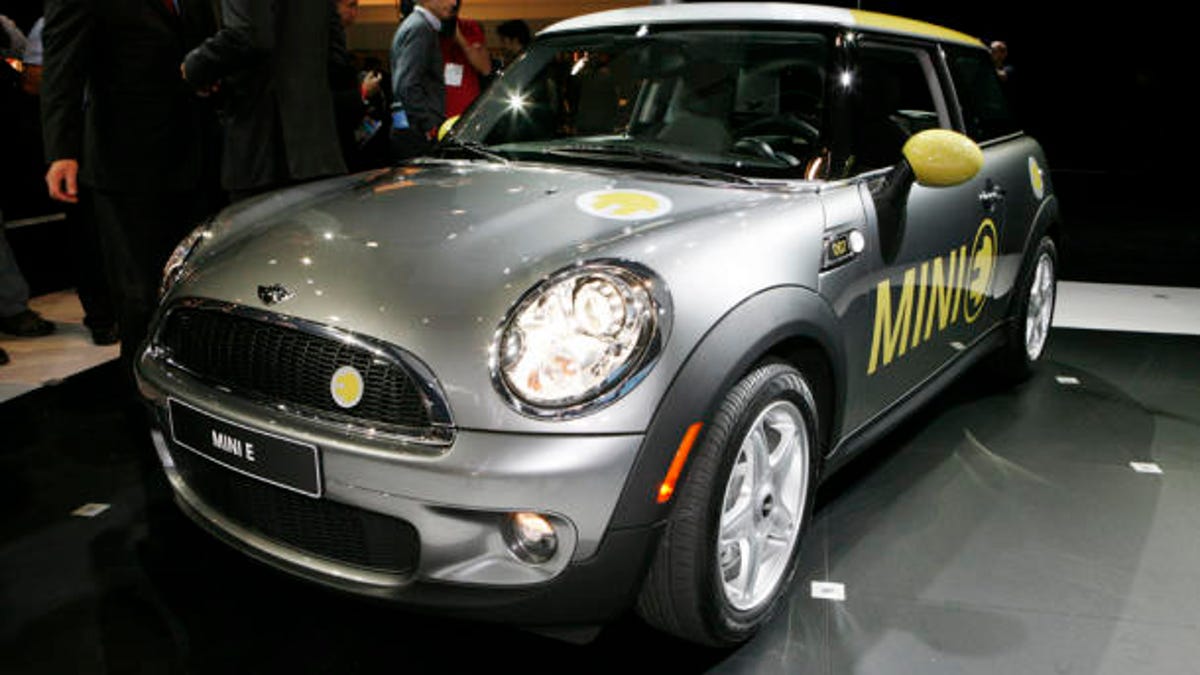Mini E study reveals second car key to avoiding range anxiety
The Mini E's 100-mile range worked for most drivers a majority of the time, but a recent survey shows they drove the cars less and used a gas-powered vehicle as backup when needed.

The secret to avoiding range anxiety while driving the Mini E may have less to do with how or where you drive, but in deciding which car to take in the first place.
BMW and the University of California, Davis, released a study of 120 families who leased the Mini E in California, New York, and New Jersey from June 2009 to June 2010. A majority of drivers reported that the Mini E met their daily driving needs, but they also said a second gas-powered car was key to avoiding the EV's shortcomings.
When asked to agree or disagree with the statement, "To overcome any limitations of my Mini E, I used my second car," 94 percent of drivers agreed, strongly agreed, or very strongly agreed. That means a 100-mile battery range of a two-seater EV is fine as long as you have a second car as backup. But that finding could foreshadow problems with some carmaker's EV strategy. BMW and Audi are targeting city dwellers as the ideal targets for small electric cars, even though it's harder to own multiple cars in urban environments.
According to the study (PDF), the average vehicle in the U.S. is driven 12,800 miles per year, but Mini Es averaged only 8,639 miles driven during the year-long lease. The survey didn't include information on mileage of second vehicles, it can be assumed gas vehicles made up the difference. That may help explain why BMW says that range anxiety isn't an issue for experienced Mini E drivers--they're taking the EV only for short trips that they know will work for the car's 100-mile mile battery range.
"We found that households adapted their driving around the capabilities of the vehicle and even explored ways to maximize the use of the Mini E," said Tom Turrentine, director for the UC Davis Plug-in Hybrid and Electric Vehicle Research Center.
But finding workarounds doesn't mean the drivers didn't wish the Mini E's range weren't longer. Of the drivers filling out the Mini E's end-of-lease survey, 81 percent of drivers said there were destinations they wanted to take the EV, but couldn't due to range. The destinations included infrequent trips, such as visits to second homes, shopping, or family visits, but 21 percent of drivers reported that they couldn't use the Mini E for work.
Despite the shortcomings, all drivers reported that the Mini E was fun to drive practical for daily use. While only 12 percent of drivers said they wouldn't consider buying an EV or plug-in hybrid vehicle in the next five years, 23 percent said they planned to purchase a plug-in hybrid, and 65 percent said they planned to buy an EV.

